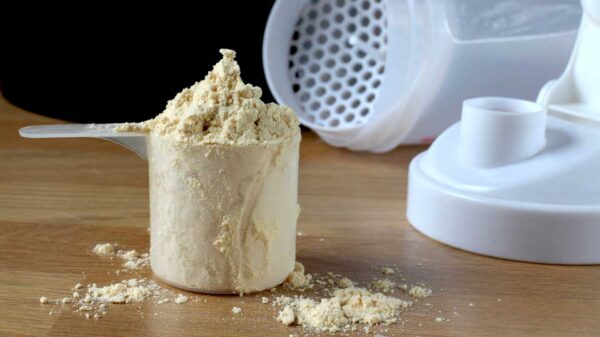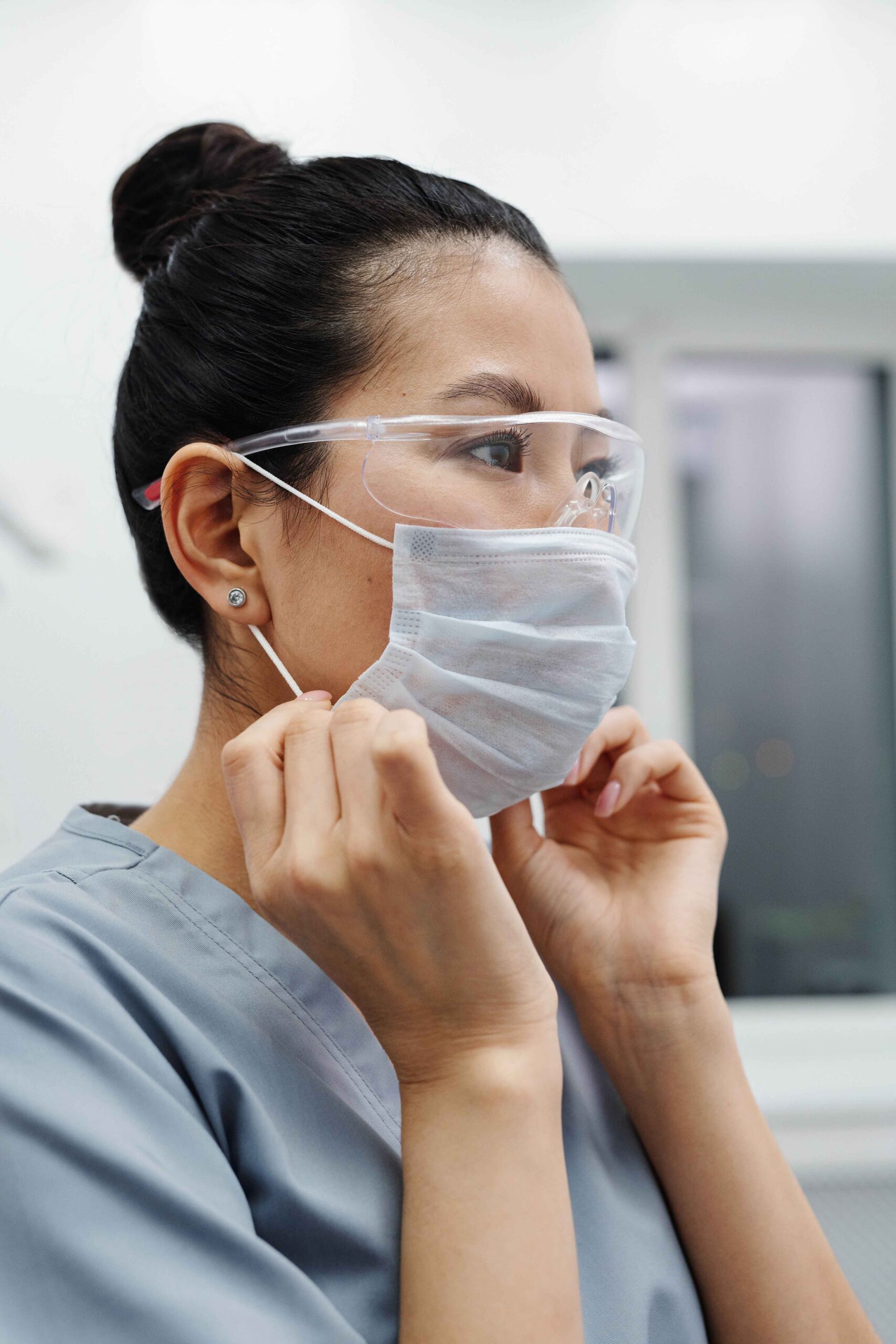1. Pregnancy:
Hormonal changes during pregnancy can increase the risk of yeast infections.
2. Menopause:
Decreased estrogen levels during menopause can make it easier for yeast to grow.
3. Tight Underwear:
Tight underwear, especially those made from non-breathable fabrics, can trap moisture and heat, creating a perfect breeding ground for yeast.
4. Antibacterial Soap:
Antibacterial soaps can disrupt the natural balance of bacteria in the vagina, making it easier for yeast to overgrow.
5. Spermicidal Contraceptives:
Spermicidal contraceptives can irritate the vagina, leading to an overgrowth of yeast.
6. Swimming:
Prolonged exposure to moisture, such as swimming or wearing wet clothes, can create a favorable environment for yeast to grow.
7. Antibiotics in Meat:
Consuming meat that contains antibiotics can disrupt the body’s natural balance of bacteria, making it easier for yeast to overgrow.
8. Sitting for Long Periods:
Sitting for long periods, especially in tight clothing, can trap heat and moisture, leading to yeast overgrowth.
9. Hormonal Contraceptives:
Hormonal contraceptives can upset the hormonal balance in the body, leading to yeast overgrowth.
10. Tampons:
Tampons can cause micro-abrasions in the vaginal wall, creating an environment that is ideal for yeast.
11. Chemical Irritants:
Exposure to chemicals such as chlorine or detergents can irritate the vagina, leading to an overgrowth of yeast.
12. Medications:
Certain medications, such as steroids and chemotherapy drugs, can weaken the immune system, making it easier for yeast to grow and cause infection.
13. Weakened Immune System due to Illness:
Certain illnesses, such as HIV and autoimmune disorders, can weaken the immune system, making it easier for yeast to grow.
14. Stress:
Chronic stress can weaken the immune system, making it more susceptible to yeast infections.
15. Poor Sleep Habits:
Lack of sleep can weaken the immune system, making it easier for yeast to overgrow.






















































You must be logged in to post a comment Login